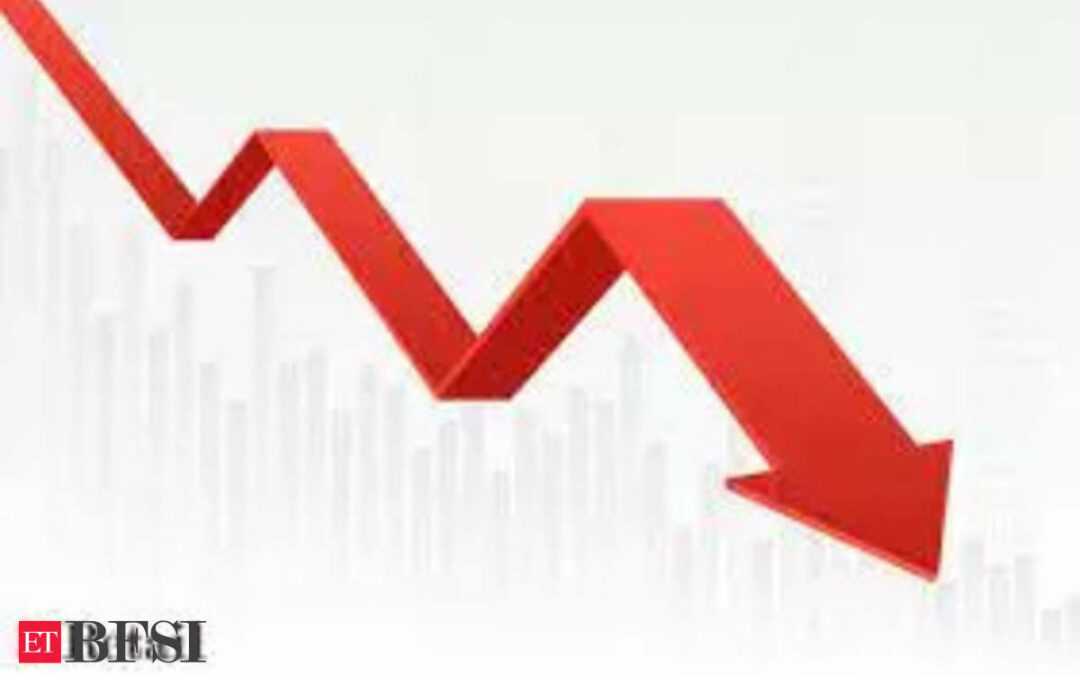The sequential revenue growth for India Inc to taper in Q1 FY2025, according to Icra due to headwinds such as a slowdown in the central government’s spending during the Parliamentary elections and onset of monsoon period. However, the operating profit margin (OPM) will remain steady in the range of 15-18%, despite the expected tapering in revenue growth, as raw material costs are expected to remain steady. As a result, the credit metrics of India Inc in Q1 FY2025 are estimated to remain largely stable with the interest coverage ratio in the range of 4.7-5.0 times, against 4.9 times in Q4 FY2024. Evolution of the global economic scenario and the onset and intensity of the monsoons in India, would remain a key monitorable over the near term.Kinjal Shah, Senior Vice President & Co-Group Head – Corporate Ratings, ICRA Ltd, said: “The 5.0% YoY and 6.3% sequential revenue growth for Corporate India in Q4 FY2024 was supported by healthy demand in consumer-oriented sectors like airlines, hotels, automotive and FMCG. In addition, the growth in power and construction sectors was strong. The YoY revenue expansion was curtailed to an extent by a decline in realisation levels amid softening input costs (mainly raw materials), largely for sectors like fertilisers and chemicals, which also faced a demand slowdown due to channel inventory destocking. The growth is expected to marginally slow down in Q1 FY2025 (on a QoQ basis), on a relatively high base, amidst a perceived temporary pause in the infrastructural activities for a major part of Q1 FY2025 due to the General Elections and the dependency of rural demand on the monsoon. Moreover, the concerns of the ongoing geopolitical tensions may adversely impact demand sentiments, especially for export-oriented sectors.”
Improved operating profit marginICRA’s analysis of the Q4 FY2024 performance of 558 listed companies (excluding financial sector entities) revealed expectedly improved OPM, increasing by 92 bps to 17.2% on a YoY basis. This was primarily aided by the softening in commodity prices and benefits of operating leverage. However, on a sequential basis, the OPM remained flat.
Sectors like auto, power, pharmaceuticals and metals & mining reported YoY improvement in OPM on the back of gradual price hikes undertaken and softening of input costs, however, some others like chemicals and fertilisers reported YoY contraction due to weak demand for these sectors. While the input costs softened in recent months, they remained higher compared to the historic levels, and accordingly, India Inc.’s OPM is yet to revive to its historic highs (18-19% seen in FY2022).
The interest coverage ratio of ICRA’s sample set companies, adjusted for sectors with relatively low debt levels (IT, FMCG and pharma), improved marginally on a YoY basis to 4.9 times in Q4 FY2024 from 4.8 times in Q4 FY2023. With the Monetary Policy Committee (MPC) having taken a pause on rate hikes since its April 2023 meeting, India Inc.’s interest coverage is expected to remain largely stable in the near term.
Debt levels
India Inc. reported a marginal increase in debt levels in FY2024 on a YoY basis. The increase in debt levels were predominantly in sectors like gems and jewellery, construction, sugar, chemicals (due to increase in working capital requirements). Despite the variations in debt levels across sectors, India Inc. reported largely stable credit metrics over the recent past. The improvement in earnings on the back of recovery in demand across sectors arrested any sharp increase in Total Debt/OPBITDA levels of India Inc. during FY2024 (total debt/OPBITDA at 3.3 times in FY2024, against 3.7 times in FY2023).
The indebtedness trends have been divergent across sectors, with five sectors – ferrous and non-ferrous metals, telecom, power, and oil and gas – accounting for about 69-70% of ICRA’s sample set companies’ debt. Capacity expansion being undertaken in ferrous and non-ferrous metals as well as the power sector drove debt addition in Q4 FY2024. Debt movement in the oil and gas sector was volatile, with working capital requirements changing in line with variations in crude prices, refining and marketing margins.











